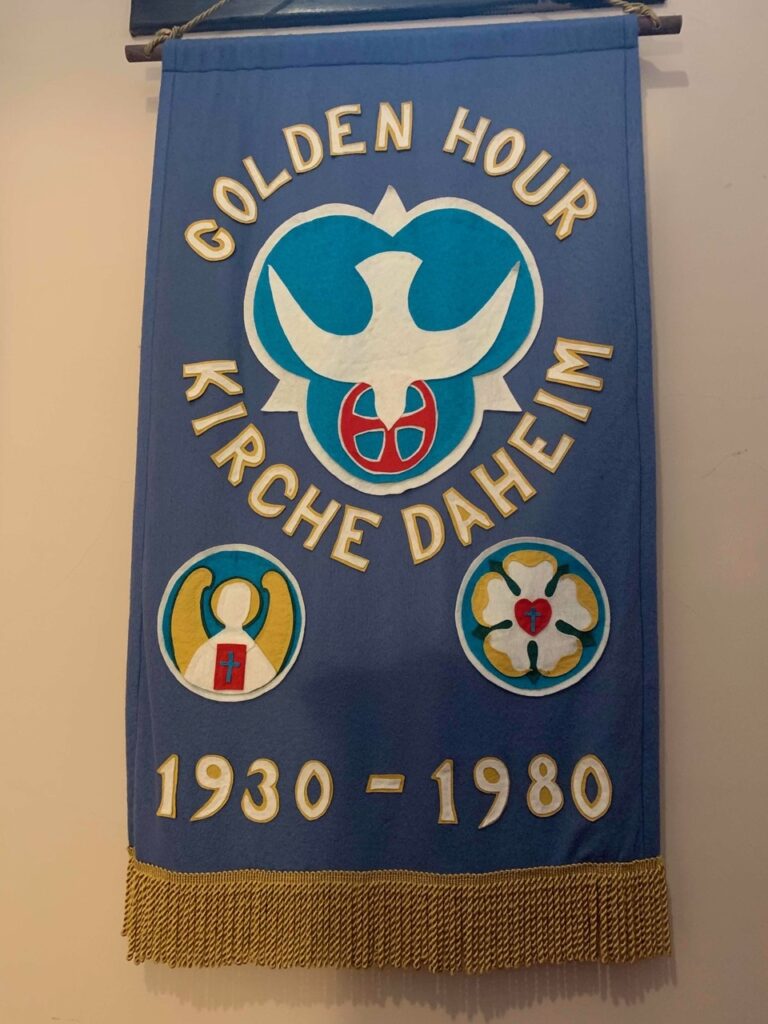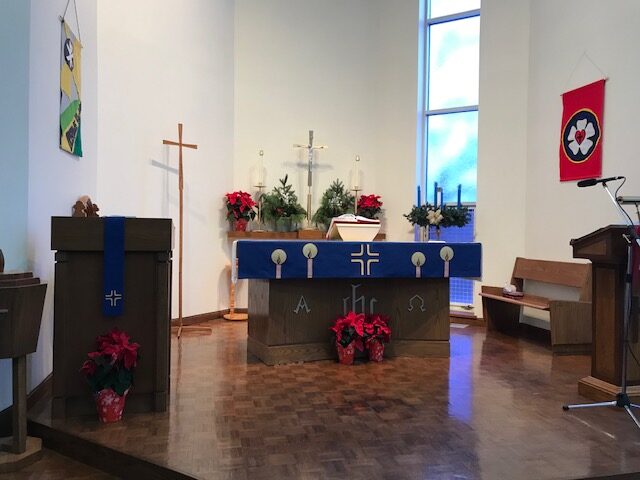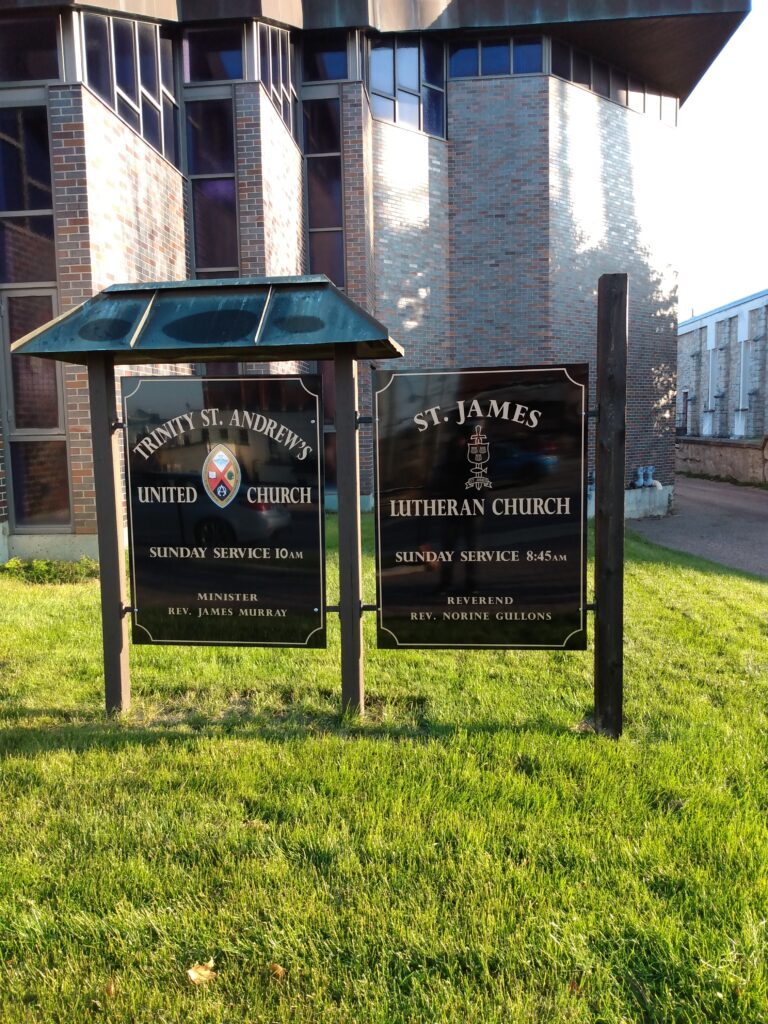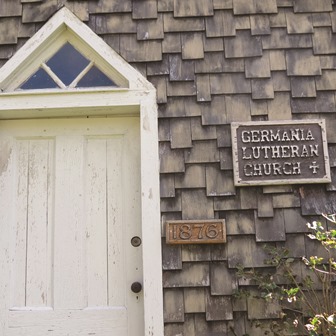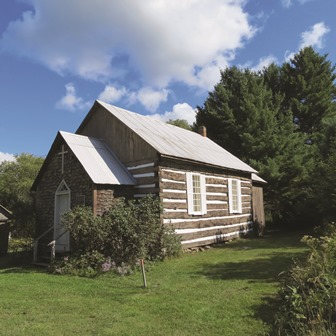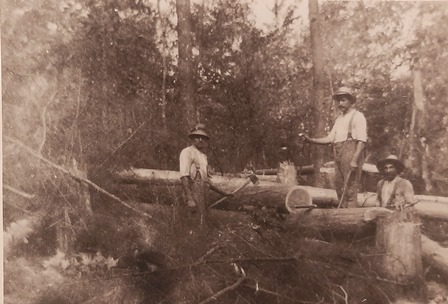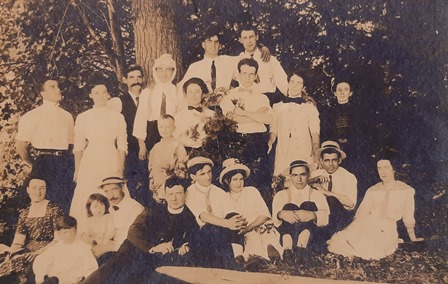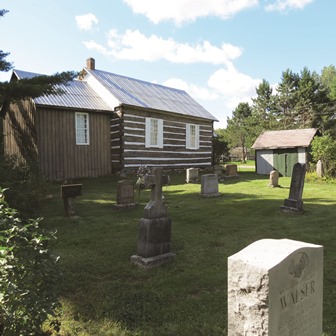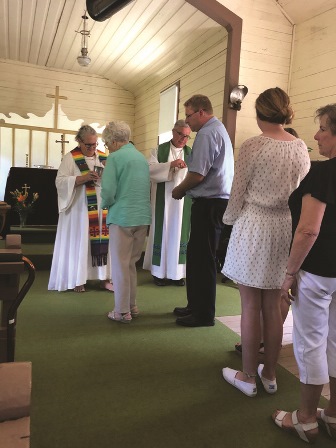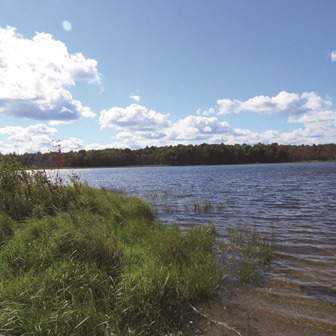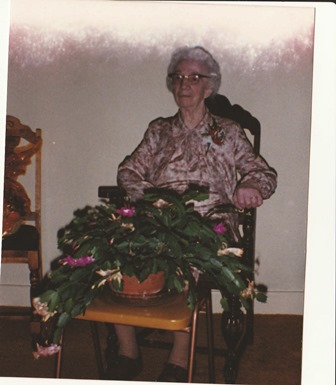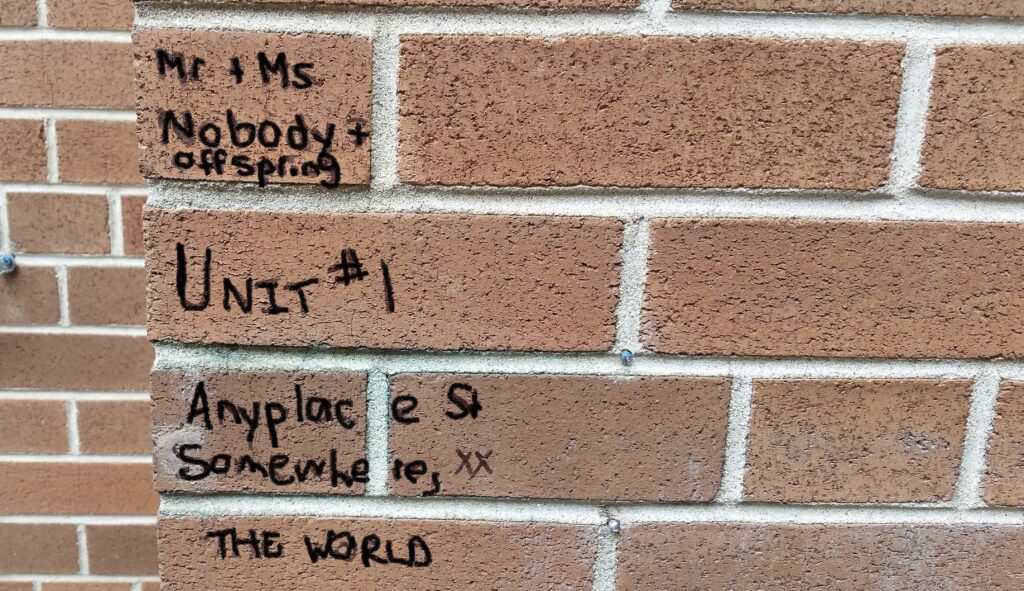Messages of love (valentines) in all shapes and sizes were created by children and adults alike from our church and local community. Covid restrictions demanded thinking outside the box to involve children and adults in a way to create the messages and more importantly to send or deliver these messages to our older adults, sick and shut-ins who found themselves isolated because of the pandemic restrictions. We also delivered to the local fire department, places of business and a residential home to say thank you.
A call was made on a local Facebook site called What’s Up Ayton for help informing our community of this project. Brown paper bags were filled with coloured paper, sparkly heart-shaped items, pipe cleaners and the like with instructions to create valentines for their families and give back one valentine for the church to send on to others. When these valentines were given back, the paper bags were decorated and included a stapled greeting from Trinity Ayton sending a message of love. Interested people contacted the number and made their request for the number of bags needed. Over thirty were submitted for distribution.
The Sunday School is also sponsoring a food drive for our local food bank and, on this site, have invited the community to participate along with our congregation. Pastor Heather has a large plastic tub on her front porch where people can deposit their contributions during this annual Lenten project.
During this lockdown, social media was very useful to connect with people and allowed us to send these messages of love. This method of communication has been successful in keeping our church community and local community, before and during Covid, able to support each other when needed.



